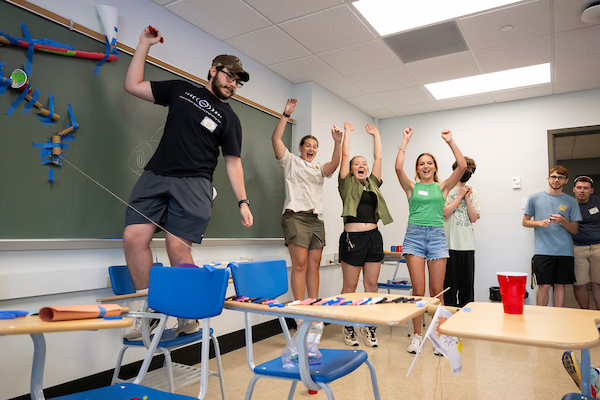Center for Advancing Faculty Excellence (CAFE)
The Center for Advancing Faculty Excellence (CAFE) empowers and educates faculty/instructors to become the most effective educators possible. Some specific resources that may be helpful for your classroom are:
National Center for Faculty Development and Diversity (NCFDD)
The National Center for Faculty Development and Diversity (NCFDD) is an independent faculty development center that offers live and recorded webinars, courses, mentoring, and workshops. The UM System has an institutional membership to NCFDD, meaning any faculty member, post-doctoral fellow, graduate, or professional student at a UM System university can access the breadth of NCFDD resources at any time.
Website
Learn about creating accessible digital content here (Microsoft word document).
Download tips for planning accessible in person events and meetings here (Microsoft word document).
